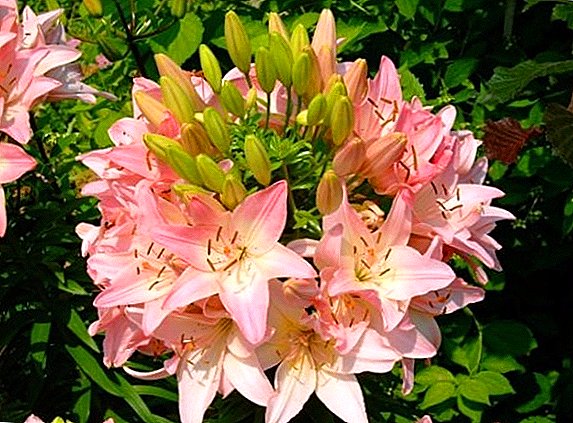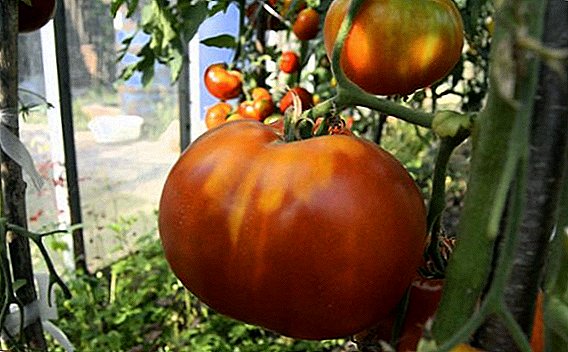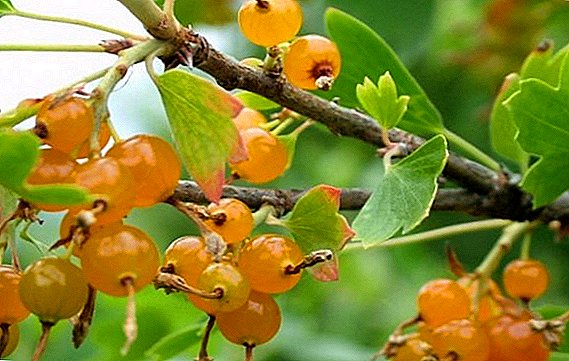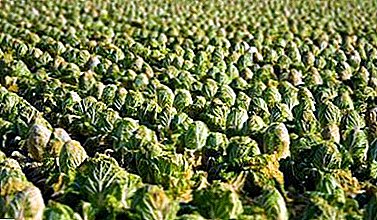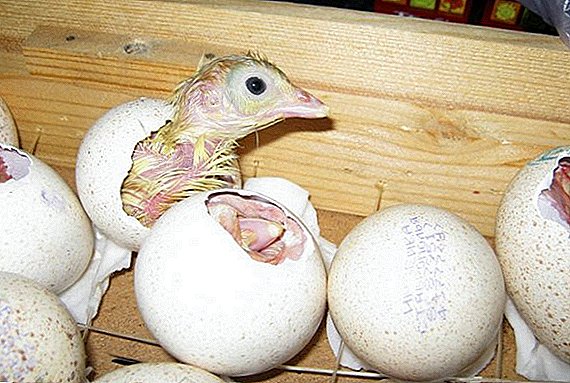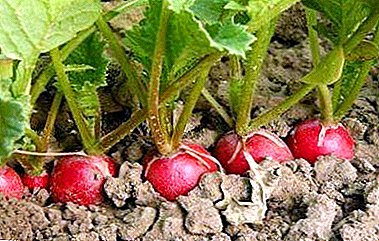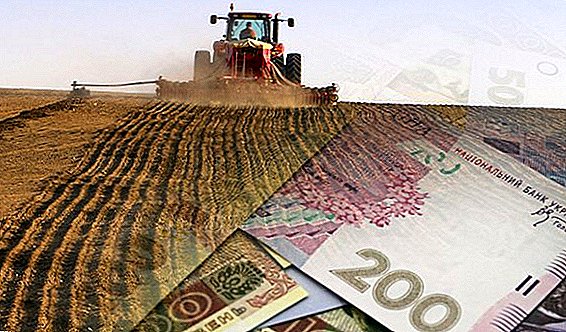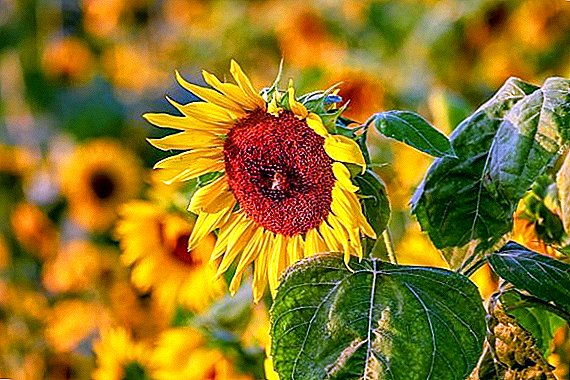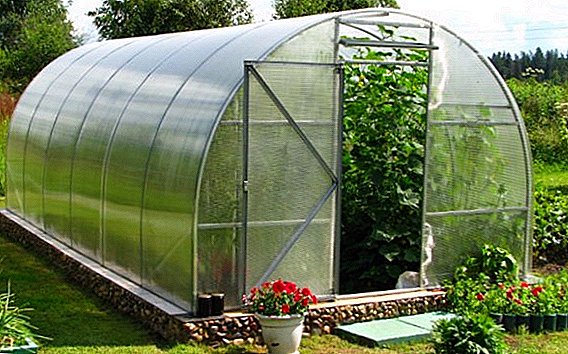 Polycarbonate greenhouses have long established themselves for their quality. The basis for their construction has differences in the materials of which it is composed, in the cost of construction and quality. However, it is not so easy to decide which foundation is preferable for the installation of polycarbonate greenhouses. Therefore, it is worth exploring the types of foundations and choose the one that suits you.
Polycarbonate greenhouses have long established themselves for their quality. The basis for their construction has differences in the materials of which it is composed, in the cost of construction and quality. However, it is not so easy to decide which foundation is preferable for the installation of polycarbonate greenhouses. Therefore, it is worth exploring the types of foundations and choose the one that suits you.
According to the method of laying the basis for greenhouses are divided into 3 types:
- Ribbon. It is installed around the perimeter of the greenhouse. Despite the excellent versatility, to mount such a structure for a very long time, and the process itself is incredibly time consuming.
- Columnar is a construction of concrete, wooden and metal pillars. Such a frame is easy to install. This design will cost very cheap. That's just the greenhouse may suffer from lack of heat, because the base is rather unreliable.
- Pile is ideal for unreliable or stony soils, supporting the weight of heavy structures. However, it is very expensive.
Did you know? At the moment, the largest greenhouse construction is in the UK.
Wooden
One of the most convenient options for building the foundation for a greenhouse is wood.  pros
pros
The base of the timber - very light and simple design in the assembly. Given its compactness, it is easy to transfer it along with the greenhouse, or even remove and replace it with another one. The very same material is very cheap cost to owners, and therefore suitable even in case of difficulties in the means.
Minuses
Unfortunately, this material rotting and absolutely helpless against pests that are also actively destroying it. The life of a wooden support is very short - only 5 years, or even less. This basis needs constant additional care - it needs to be treated with an antiseptic solution.
Did you know? The first greenhouse was built in 1240 in the city of Cologne. Reception in honor of King William from Holland staged in an amazing for that time room, full of flowers and trees. It happened in the winter. Creator, Albert Mangus, the Inquisition accused of witchcraft.
Brick
If the tree is in doubt, think about a material like brick.  pros
pros
The brick foundation has huge long term potential. Mount it is very simple, it is reliable and stable in nature. The cost of a brick is rather low, so you don’t need to spend much money on its construction.
Minuses
Despite the strength of the material, the brick is still collapses quickly under the influence of the external environment. The construction of such a design is quite time-consuming, it takes a lot of time, which means it’s quite difficult to build it alone.
We advise you to read about how to build a polycarbonate summerhouse for comfortable rest.
Stone
If you are not sure whether you need a brick foundation for a greenhouse, consider the option of stone.  pros
pros
Stone foundation can be very tough and reliable foundation for greenhouse construction. To serve such a foundation will be very long and will not require an early replacement.
Minuses
Despite all the obvious advantages, the material will cost very expensive. The process of erection and installation will take a long time, because it is time consuming. Finding the right building material is also quite difficult and time consuming.
Important! It makes sense to build such a foundation only if you have a large stationary greenhouse.
Concrete
It happens that a stone may not seem reliable enough. Then the alternative will be concrete.  pros
pros
The concrete foundation for a greenhouse is different simple installation technology. The cost of the finished foundation is very low. You can make it from a monolith or from a variety of blocks. This foundation should be used on the ground, which is characterized by high humidity, because it will give the greenhouse good stability. Minuses
It should be used only if you build a building for many years.
Unlike a greenhouse, a greenhouse has a smaller size, simple construction and serves mainly in the spring - to protect fragile seedlings and seedlings from the cold. Read about greenhouses "Snowdrop", "Breadbox", "Butterfly".
Blocky
Blocks can be another option.  pros
pros
The foundation of the blocks under the greenhouse is good for over wet soil. Serves the design for a very long time and is a profitable investment. In place for laying blocks fall asleep gravel, which after fix concrete. Then the blocks are laid out on the pillow that has been formed and the seams are embedded between them.
Minuses
A very expensive and long-running task: the foundation needs additional preparation. Not suitable for temporary buildings.
Pile
If you are disturbed not only by the wet, but also by the fragile soil, then the piles will suit you.  pros
pros
The pile foundation is perfect for shaky, unstable soil, securely securing the frame of the greenhouse. Inside each pile place a rod, and then filled with concrete. This creates amazing strength. It is welded to the rods and fix the greenhouse construction.
Important! Those places rods that are in contact with the frame, be sure to isolate.
Isolate the rods with roofing material and bitumen mastic. Where there are no piles, there remains a gap. Cover the gap can be formed with any material of your choice.
Another plus is the low cost of dismantling this design.
Minuses
The construction of this type of foundation very laboriousNow you know what are the foundations for a polycarbonate greenhouse, and in general which material is better for you, and you can choose the appropriate type of foundation based on your own preferences.


